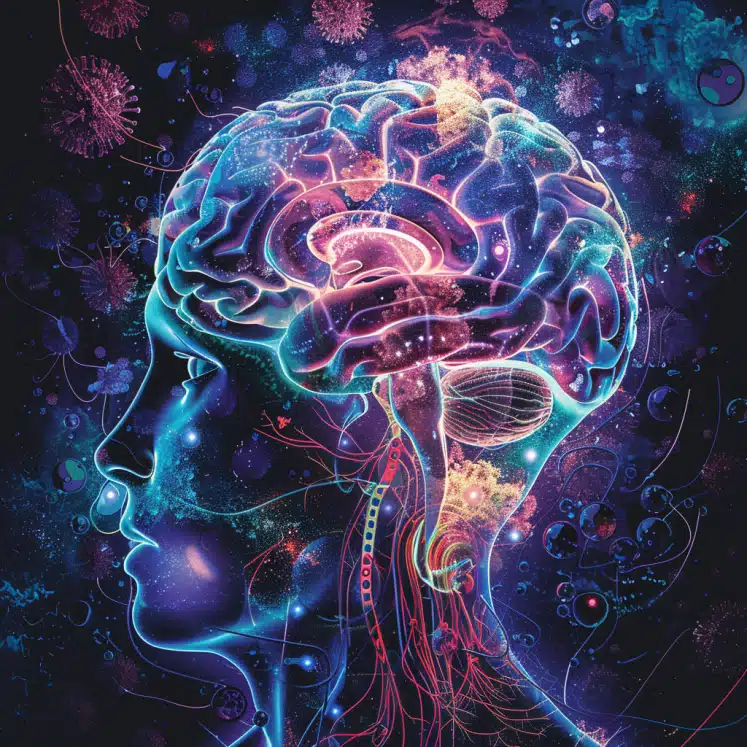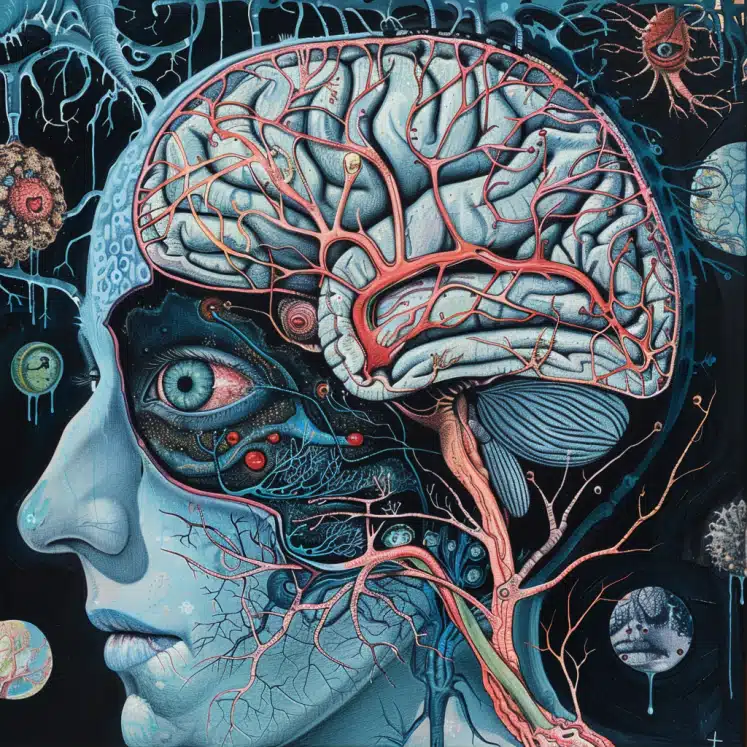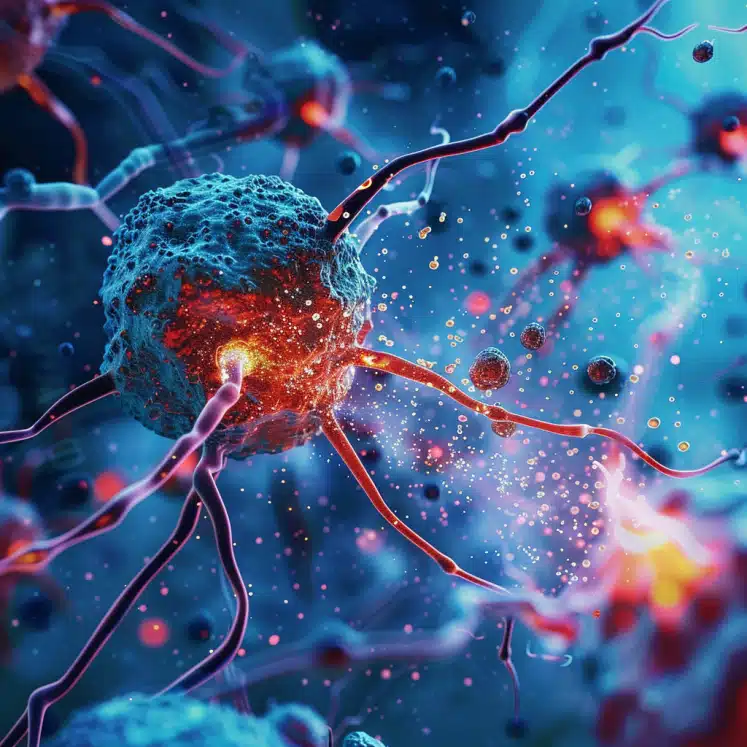High Stress in Midlife Linked to Dementia in Women (2024 Study)
Women experiencing midlife stress-related exhaustion have a higher risk of developing dementia at a younger age and exhibit long-term cognitive impairments. Highlights: Higher Dementia Risk: Women with midlife stress-related exhaustion had a nearly threefold increased risk of developing dementia before age 75. Earlier Onset: The average age of dementia onset was younger for women with …










